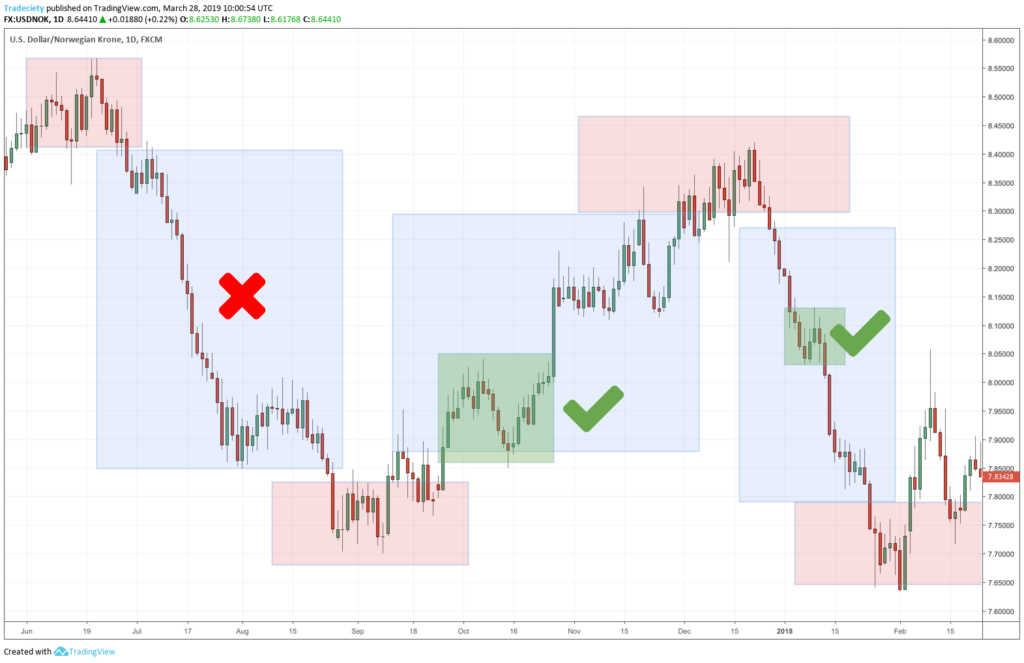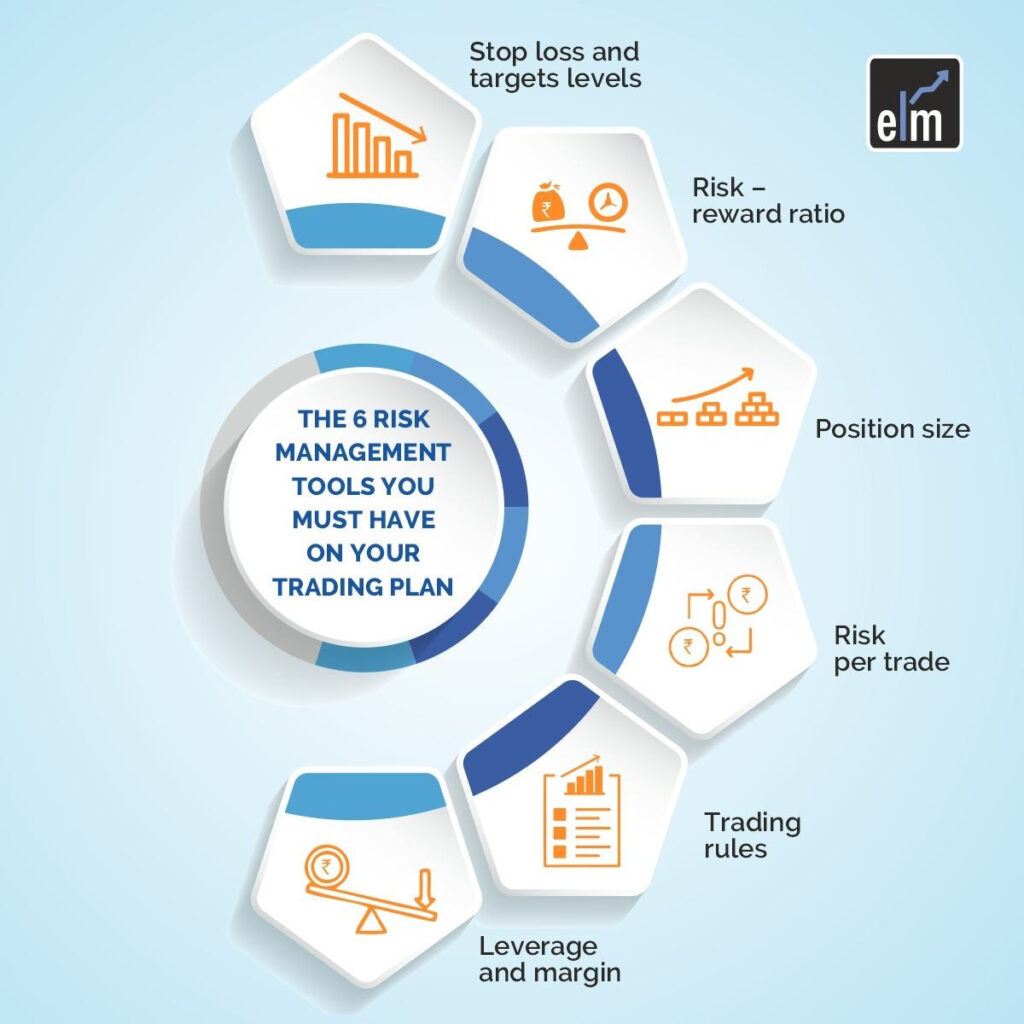As the foreign exchange market continues to grow and gain popularity worldwide, more and more people are becoming interested in forex trading. However, the complexity and volatility of the market can be a roadblock for beginners, making it difficult to know where to start. This comprehensive guide aims to help everyone understand the intricacies of forex trading and its unique characteristics so they can make informed investment decisions and become successful traders.
What is Forex Trading?

Forex trading is the process of buying and selling currencies of various countries to make a profit. Currency values fluctuate frequently and are affected by a variety of factors, including political and economic news, fiscal policies, and trade deals. In forex trading, investors will make a speculation or prediction about how the currency will perform against another and trade accordingly.
Understanding Forex Market Participants
In forex trading, there are various participants, each with unique roles and objectives. These participants include retail traders, speculators, banks, governments, and multinational corporations. Each of these players approaches forex trading with a different perspective and may have different goals in mind. Understanding these market participants and their strategies helps traders to make more informed decisions about when and what to trade.
Risks of Forex Trading

One of the most significant advantages of forex trading is its high liquidity, which allows for rapid trading and high volumes of currency pairs to be traded. However, this high liquidity also means that significant losses can occur quickly, which is why traders need to manage their risks effectively. This can be done using risk management techniques, such as stop-loss orders and position sizing, which limit losses and preserve gains.
Analyzing the Forex Market
Forex traders must continually analyze the market and be aware of the factors affecting currency values. This includes understanding macroeconomic data such as GDP and employment reports, and geopolitical events such as elections and policy announcements. There are also technical indicators used to analyze currency pair price charts, such as moving averages, Fibonacci retracements, and momentum indicators. By combining fundamental and technical analysis, traders can identify trends and patterns that assist in predicting price movements.
Choosing a Forex Trading Strategy

There is no one-size-fits-all strategy for forex trading, as each trader must find a method that works best for them. There are several popular forex trading strategies, including swing trading, day trading, position trading, and scalping, each with distinct characteristics and risk profiles. The key to choosing a successful trading strategy is to understand the trader’s goals, timeframes, and risk tolerance, and then find a method that aligns with those goals.
Forex trading, also known as foreign exchange trading, is one of the most popular forms of trading in the world. It’s also one of the most complex. Forex trading allows individuals to trade in global currencies, making it an attractive investment option. However, before diving headfirst into this fast-paced world, it’s important to have a solid understanding of the intricacies of forex trading. In this comprehensive guide, we’ll explore the basics of forex trading, the various trading strategies, and the tools you need to succeed as a forex trader.
Basics of Forex Trading:
At its simplest level, forex trading involves buying and selling different currencies in the global market. Forex trading is done through brokers who provide access to the financial markets. These brokers act as intermediaries between traders and the interbank market. To get started with forex trading, one needs to open an account with a reputable broker. Once an account is opened, the trader needs to fund it with a certain amount of money, which will be used to trade currencies.
Trading Strategies:
Forex trading is a complex world that requires careful analysis and understanding of the market. Traders need to be aware of the various trading strategies available and how they work. There are various types of trading strategies, such as scalping, day trading, swing trading, and position trading. Each strategy requires a different approach and trading plan. Traders need to analyze trading charts, monitor global news and events, and use technical indicators to help them make informed trading decisions.
Risk Management:

Successful forex trading is about managing risk effectively. Traders need to understand how to control their risk and minimize potential losses. A trading plan should be created, which outlines the trader’s entry and exit points. Position sizing is also an important aspect of risk management. Traders need to determine the appropriate trade size given their risk appetite and the size of their trading account. It’s important to use a stop loss, which ensures that the trader exits a losing trade at a predetermined level.
Tools for Successful Forex Trading:

There are various tools available to help traders succeed in forex trading. These include trading platforms, technical indicators, and trading robots. Trading platforms are software applications that traders use to execute trades and manage their accounts. Technical indicators are used to analyze trading charts and identify potential trading opportunities. Trading robots are automated trading software that executes trades on behalf of the trader. While these tools can be helpful, they should be used in conjunction with sound trading practices.
Conclusion:
In conclusion, forex trading can seem complicated and intimidating at first, but with the right knowledge and guidance, traders can enjoy significant opportunities for profit. Understanding the basics of forex trading, the market participants, risk management techniques, market analysis, and selecting trading strategies can all help traders to navigate the global forex market more confidently. New traders to the market should invest time in learning, practicing, and implementing these concepts to make informed trading decisions and become successful forex traders.
Forex trading can be a lucrative investment option when done correctly. However, it’s important to remember that forex trading is not a get-rich-quick scheme. It requires hard work, a solid understanding of the market, and a commitment to learning and improving as a trader. When traders approach forex trading with a clear plan, a disciplined approach, and a focus on risk management, there is potential for success. The key is to take the time to learn the intricacies of forex trading and utilize the tools available to become a successful forex trader.

